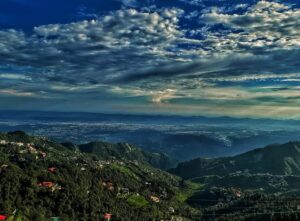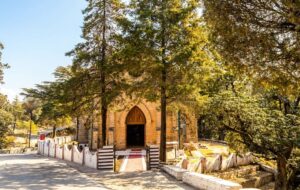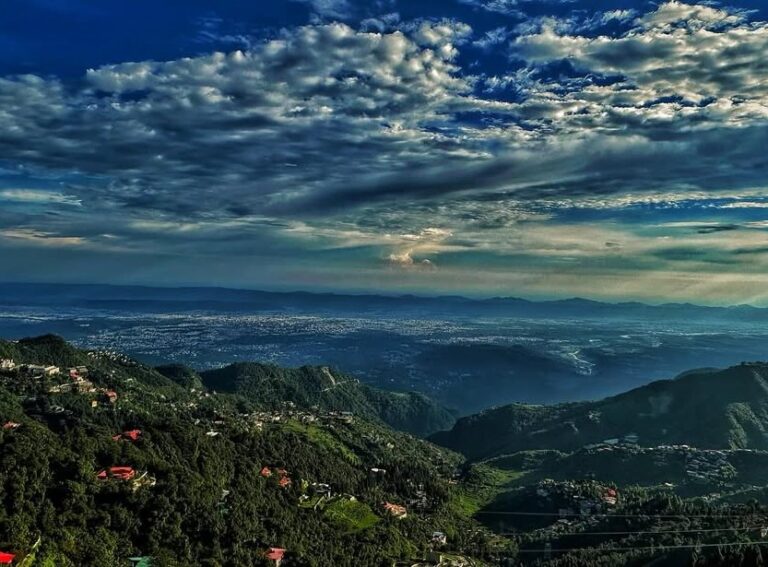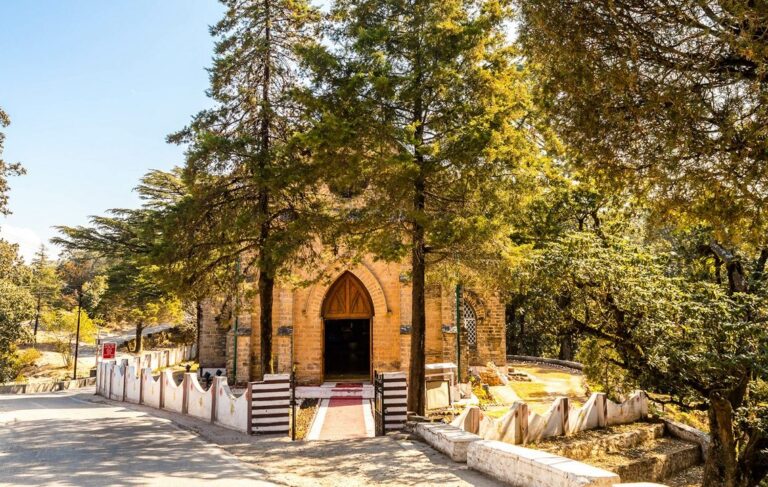Explore Lakshman Jhula New Bridge in Rishikesh with Night View
Lakshman Jhula has long been one of the most iconic landmarks of Rishikesh. Stretching gracefully across the holy River Ganga, the newly redesigned Lakshman Jhula New Bridge blends history, faith, and modern engineering—especially stunning after sunset when the bridge and river glow under night lights.
Lakshman Jhula Bridge, Rishikesh – An Overview
Lakshman Jhula is a suspension bridge connecting Tapovan (Tehri side) with Jonk (Pauri side). Suspended high above the Ganga, it offers sweeping views of the river, ashrams, temples, and forested hills.
-
Length: ~450 feet
-
Height: ~70 feet above the Ganga
-
Type: Pedestrian suspension bridge
-
Access: Walking only
Standing on the bridge, you feel the gentle sway beneath your feet while the emerald waters of the Ganga flow below—an experience both thrilling and calming.
The Legend of Lakshman Jhula
According to Hindu mythology, Lakshman, the younger brother of Lord Rama, crossed the Ganga at this very spot using a jute rope during the Ramayana era. To honor this sacred act, a rope bridge was first built here.
-
1889: Original jute-rope bridge constructed
-
1924: Destroyed by floods
-
1929–1930: Rebuilt as a strong iron suspension bridge
The name Lakshman Jhula preserves this ancient legend and gives the bridge its deep spiritual importance
Suggested Read- Top 10 Places to visit in Rishikesh
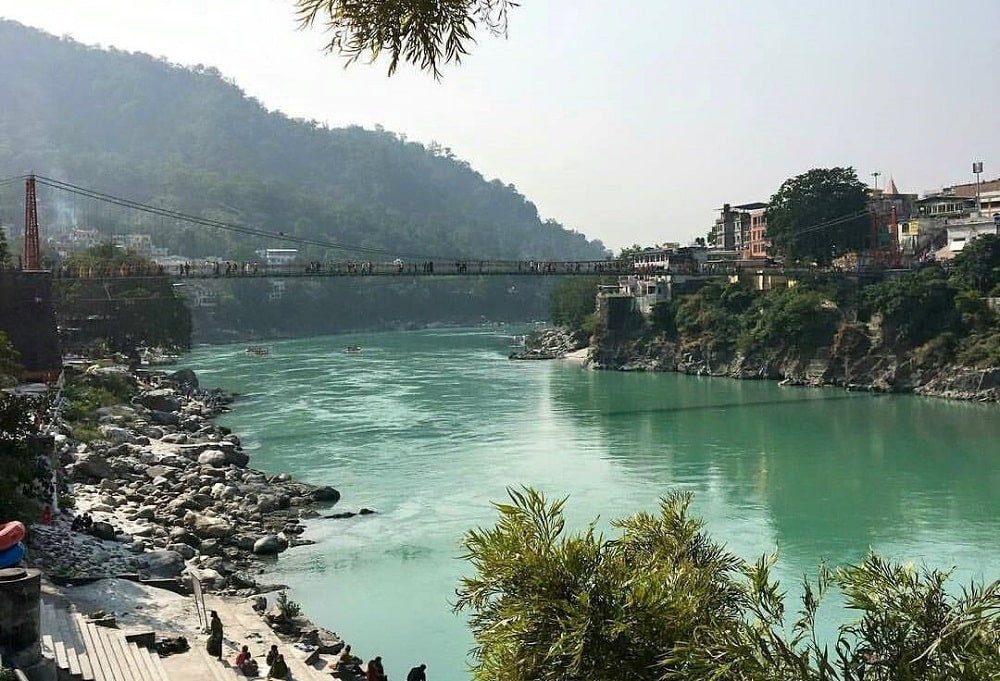
Suggested Read- A Exclusive Guide to Camping Sites in Rishikesh
Historical & Structural Significance
Lakshman Jhula is more than a crossing—it is a living monument of faith and engineering.
Key Milestones
-
Early bridge: Jute rope structure for pilgrims
-
Iron bridge: Built to handle growing foot traffic
-
Modern reinforcement: Strengthened with steel cables for long-term safety
Today, regular inspections, cleaning, and structural upgrades ensure a safe and pleasant walk for visitors.
Lakshman Jhula New Bridge & Night View
The newly upgraded Lakshman Jhula bridge area offers a completely different charm after sunset.
🌙 At night, you’ll experience:
-
Soft lights reflecting on the Ganga
-
Illuminated temples and ashrams
-
Cool river breeze and peaceful silence
-
A magical skyline of Rishikesh
The night view is especially popular with photographers, couples, and travelers seeking calm moments away from daytime crowds.
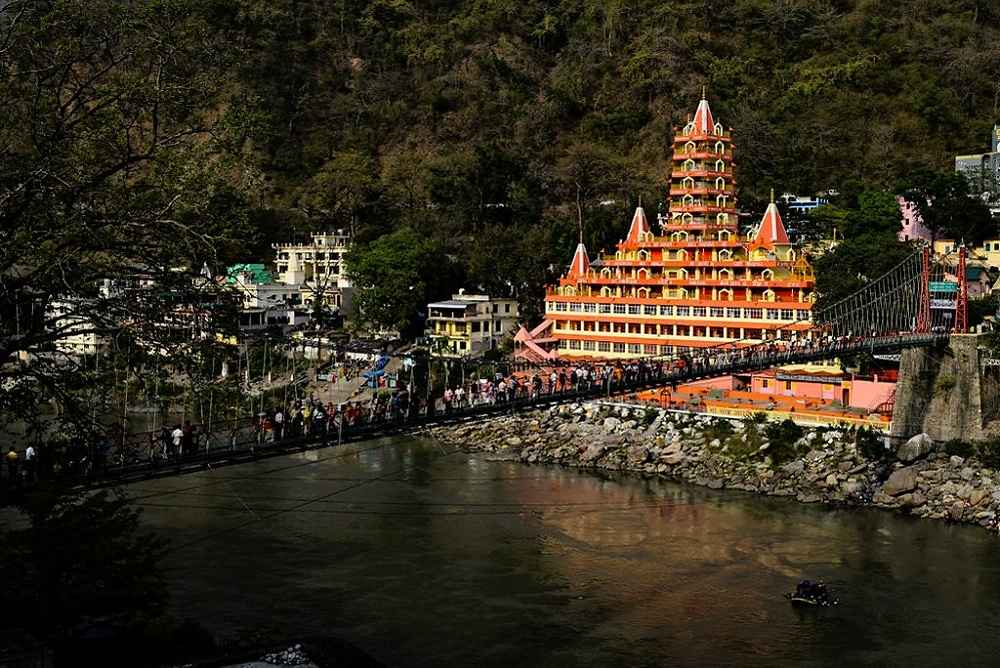
Temples & Spiritual Sites Near Lakshman Jhula
The bridge sits at the heart of Rishikesh’s spiritual zone, surrounded by sacred sites:
-
Trayambakeshwar Temple (13-storey temple beside the bridge)
-
Lakshman Temple – dedicated to Lord Lakshman
-
Sachcha Akhileshwar Mahadev Temple
-
Raghunath Temple
These temples make the Lakshman Jhula area a powerful pilgrimage center.
Religious & Cultural Importance
Lakshman Jhula holds a special place in Hindu devotion.
Spiritual Activities
-
Daily prayers and rituals
-
Ganga snan (holy dip)
-
Festival celebrations during Diwali, Holi, and Mahashivratri
Cultural Life
-
Local markets selling rudraksha, handicrafts, and spiritual items
-
Evening bhajans and kirtans
-
Yoga and meditation centers nearby
Things to Do Around Lakshman Jhula
Your visit doesn’t end with the bridge walk. Nearby experiences include:
-
🧘 Yoga retreats in Tapovan
-
🚣 River rafting on the Ganga
-
🛕 Ganga Aarti at Triveni Ghat
-
🏕️ Riverside camping
-
🥾 Hikes to Neer Garh Waterfall
-
🛍️ Shopping at local cafes and markets
Why Visit Lakshman Jhula New Bridge?
✔ Mythological significance
✔ Panoramic river & mountain views
✔ Stunning night scenery
✔ Gateway to Tapovan & yoga culture
✔ Blend of history, spirituality, and modern design
Conclusion
The Lakshman Jhula New Bridge in Rishikesh is not just a structure—it is a journey through time. From Ramayana legends to modern engineering, from sunrise serenity to mesmerizing night views, the bridge captures the very soul of Rishikesh.
Whether you’re a pilgrim, traveler, photographer, or seeker of peace, walking across Lakshman Jhula—especially at night—is an experience you will never forget.
lakshman jhula new bridge lakshman jhula new bridge lakshman jhula new bridge lakshman jhula new bridge lakshman jhula new bridge lakshman jhula new bridge lakshman jhula new bridge


